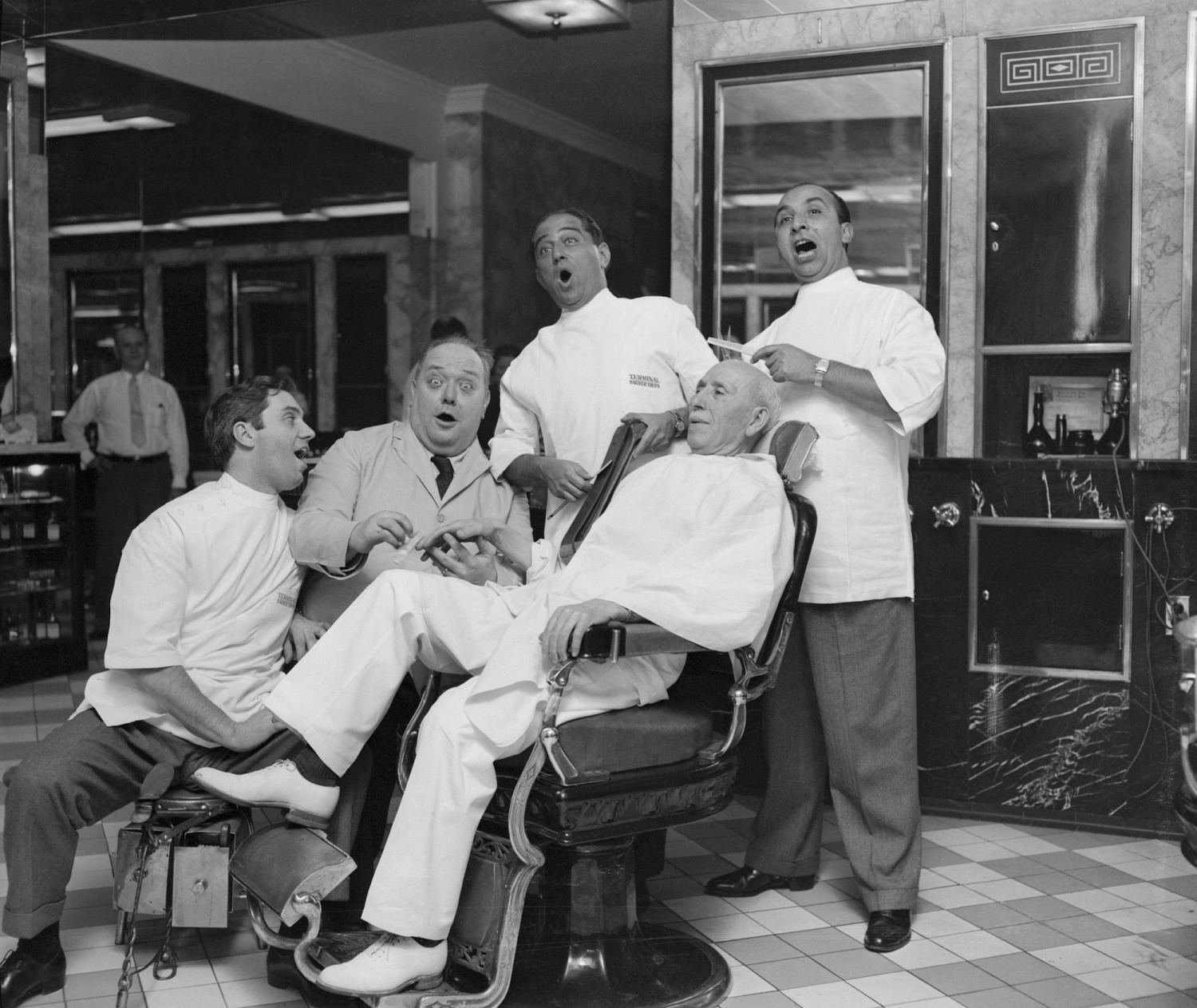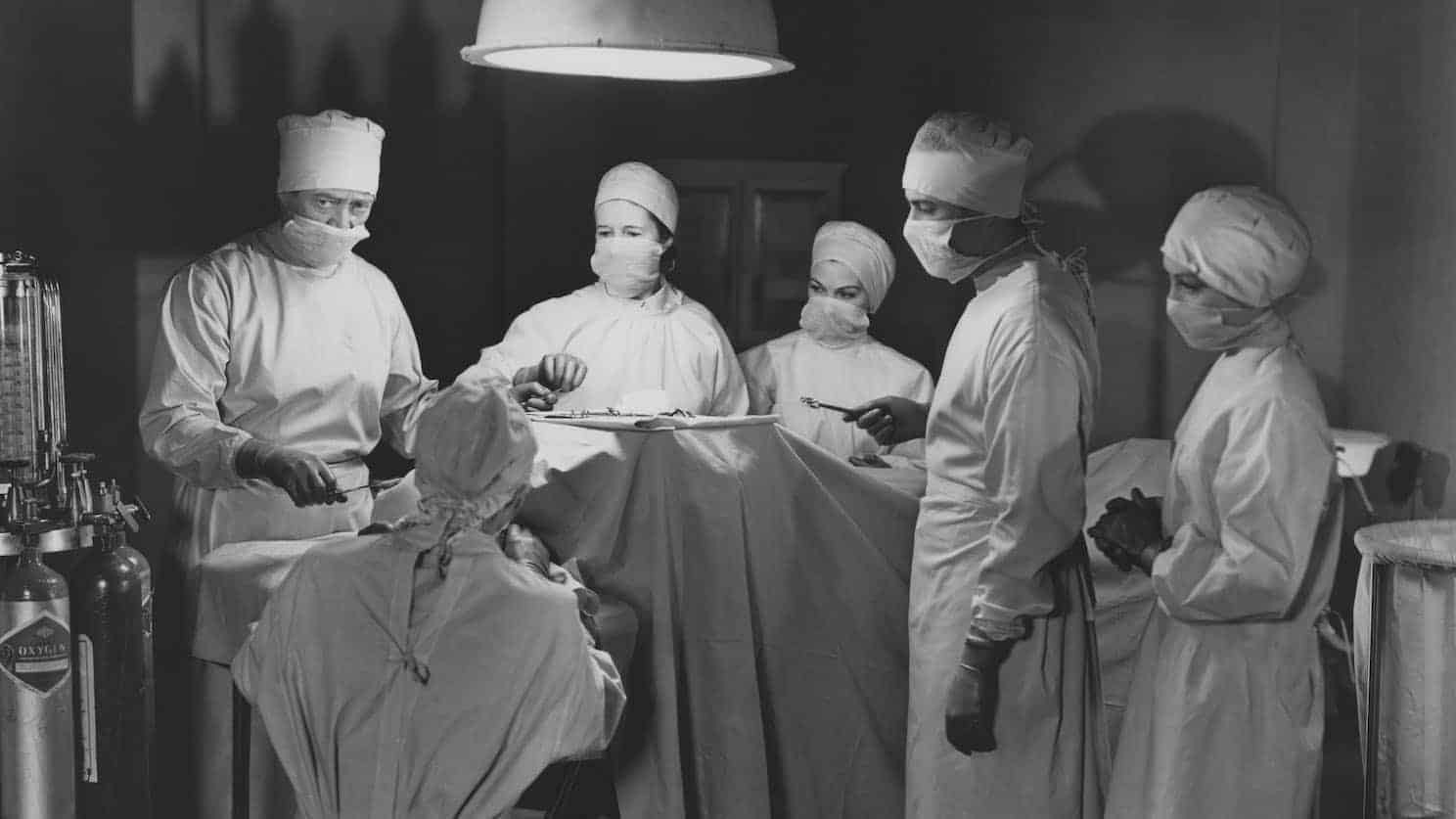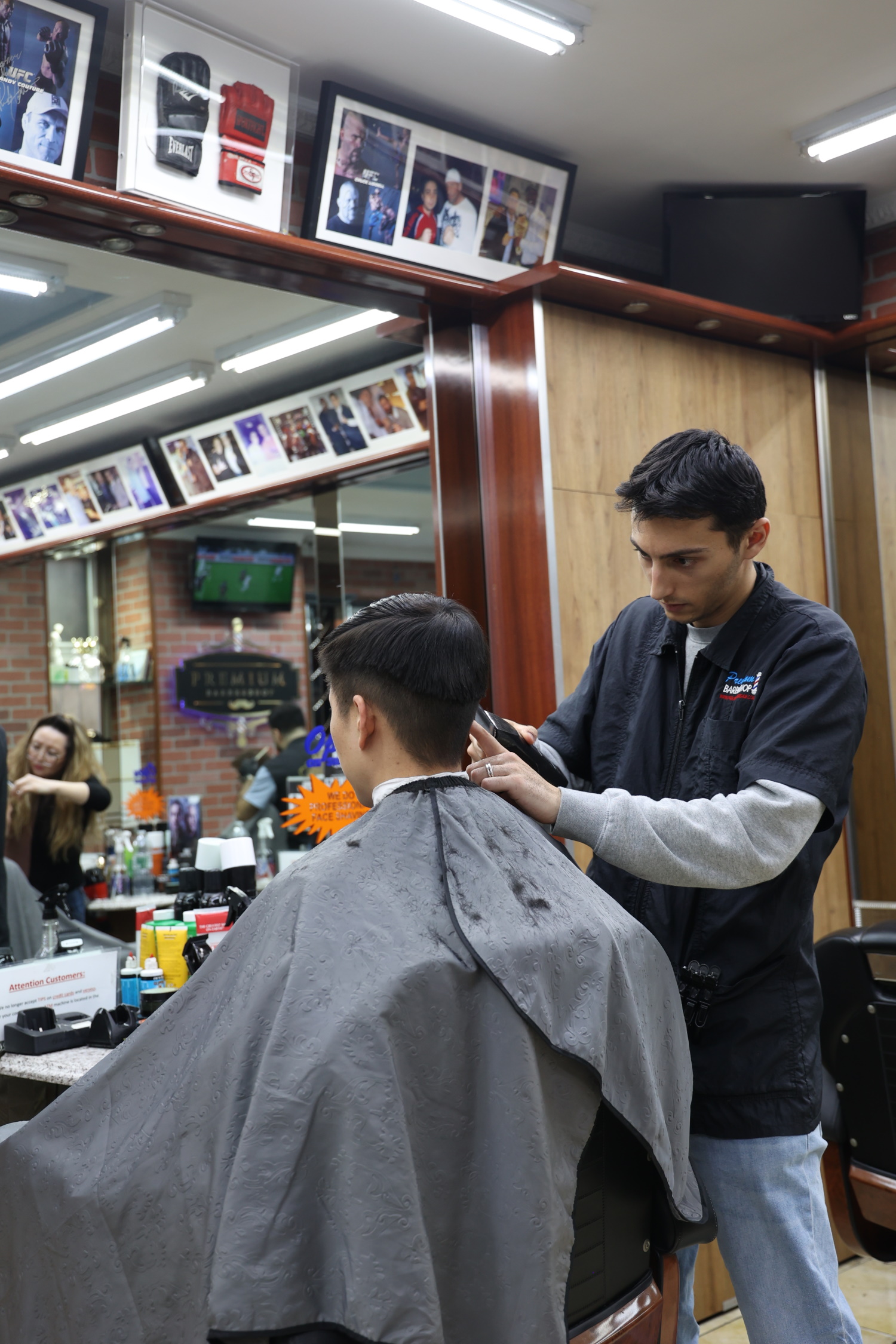
Barbers have always been more than just grooming experts. Throughout history, they’ve played unique roles in medicine, music, folklore, and fashion. From surgeons of the past to today’s trendsetters, barbershops have been central to culture and community. Here are four fascinating facts about barbers you may not know.
During medieval times in Europe, barbers didn’t just cut hair — they performed surgeries, pulled teeth, and treated wounds. Known as “barber-surgeons,” they often worked as community healers before the medical profession became fully specialized.
This history is why the red-and-white barber pole became iconic: red symbolized blood, white represented bandages, and later blue was added in some countries to represent veins. While barbers today stick to clippers and shears, their legacy in medicine is a reminder of just how trusted and essential they were in society.
The origins of barbershop quartets go back to the late 19th century, when customers waiting for a haircut would pass the time by singing together. These impromptu harmonies evolved into the barbershop music style that became especially popular in the early 20th century.
Barbershops became places not just for grooming, but also for community, creativity, and music. Even now, the barbershop sound lives on in competitions and cultural celebrations around the world.

Across cultures, barbers were often seen as more than tradesmen — they were believed to hold spiritual influence. In some traditions, hair was thought to carry energy or life force, and barbers were entrusted with its care during rites of passage.
From symbolic first haircuts to ceremonial grooming, barbers have been part of folklore practices that blended personal style with cultural meaning. While the modern barbershop focuses on fades, trims, and shaves, echoes of these traditions remain in the deep trust clients place in their barber.

Barbers have always been at the forefront of style. From shaping sharp military cuts to pioneering fades, tapers, and beard styles, they set trends that influence pop culture and fashion. Many barbers today double as artists, blending technical skill with creativity to craft personalized looks.
Beyond the chair, barbershops also serve as cultural hubs where conversations, networking, and community-building thrive. It’s this combination of artistry, connection, and influence that makes barbers true trendsetters.
Barbershops have been gathering places for generations, and that hasn’t changed. They remain spaces where people come not just for a haircut, but for conversation, relaxation, and connection. A great cut or shave is just the beginning — the barbershop experience is about walking out looking sharp and feeling even better.